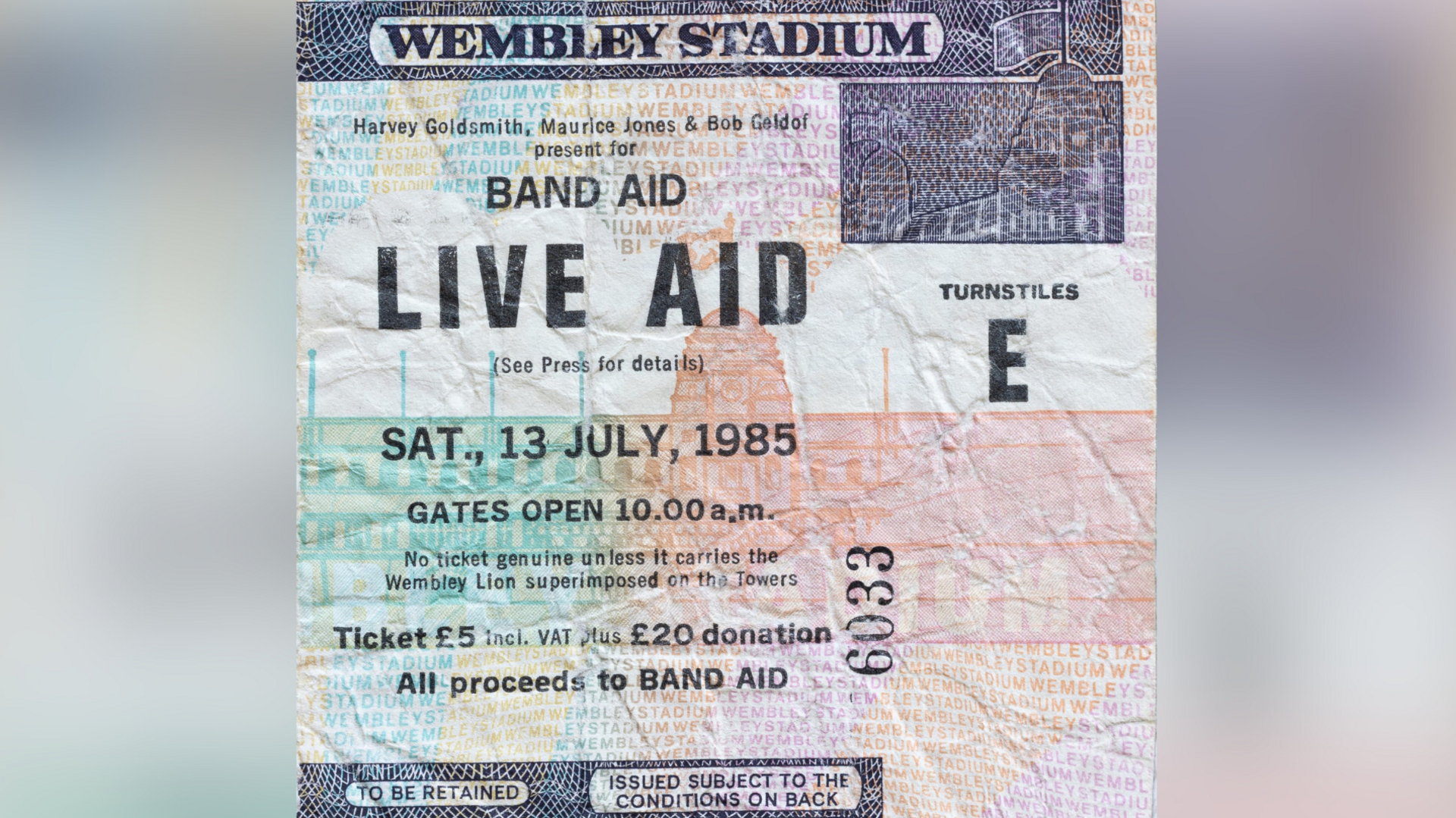'They didn't invite us to do Live Aid so we did our own thing'
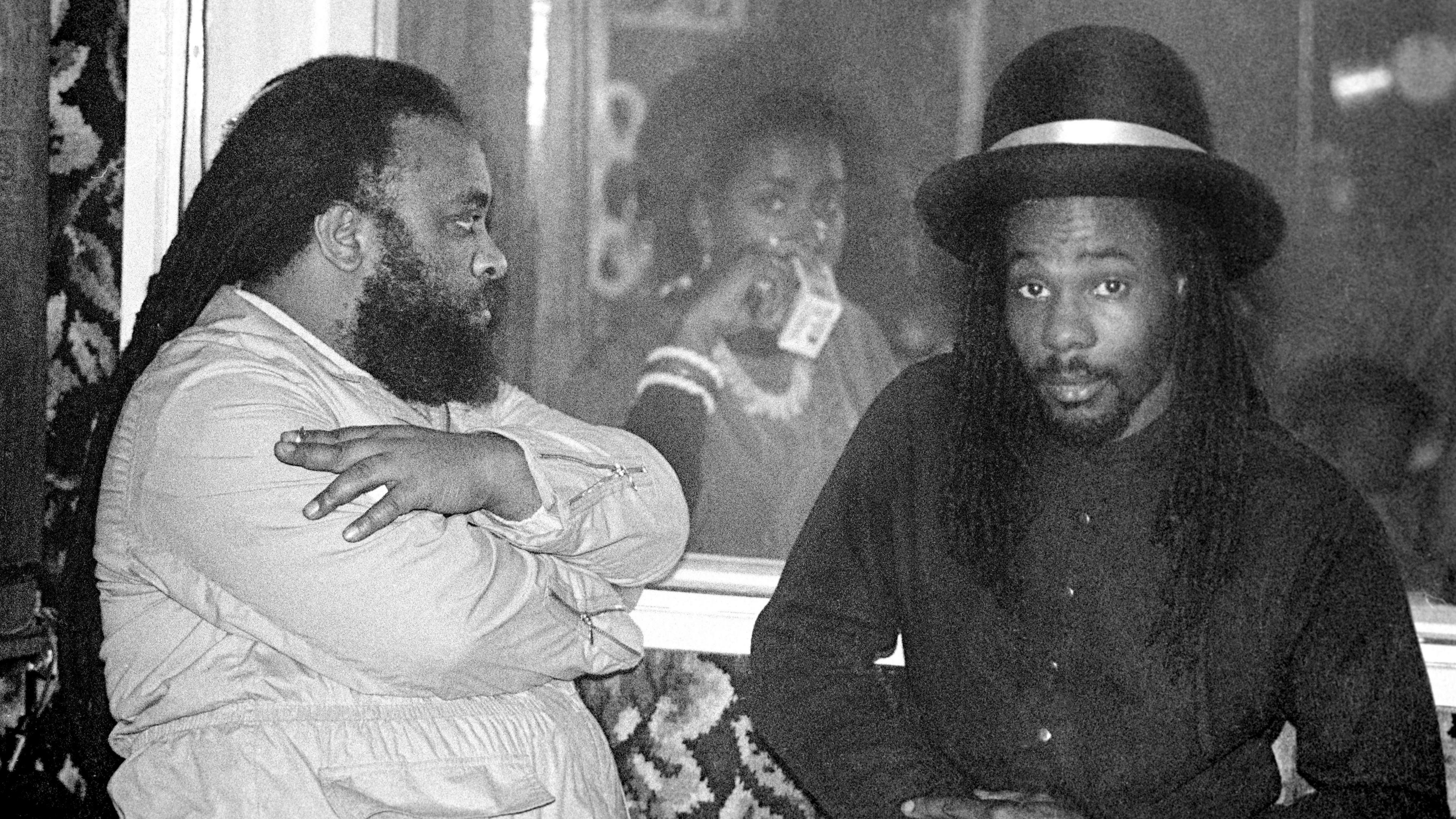
Mikey 'Reuben' Campbell, Janet Kay and Winston Reedy were some of the stars to feature on Brafa's charity single
- Published
Forty years ago a procession of the world's biggest music stars took to Wembley Stadium's stage for Live Aid to raise funds for the relief of famine in Ethiopia.
Coming in the wake of the Band Aid single Do They Know It's Christmas?, it was watched around the world by millions on TV and has since spawned documentaries, films and a new musical.
Yet at around the same time, on the other side of London, a similar fundraising effort with its roots in reggae was taking place, with the charity single Let's Make Africa Green Again breaking into the charts and a star-studded benefit concert attended by thousands.
What was this and why was it started?
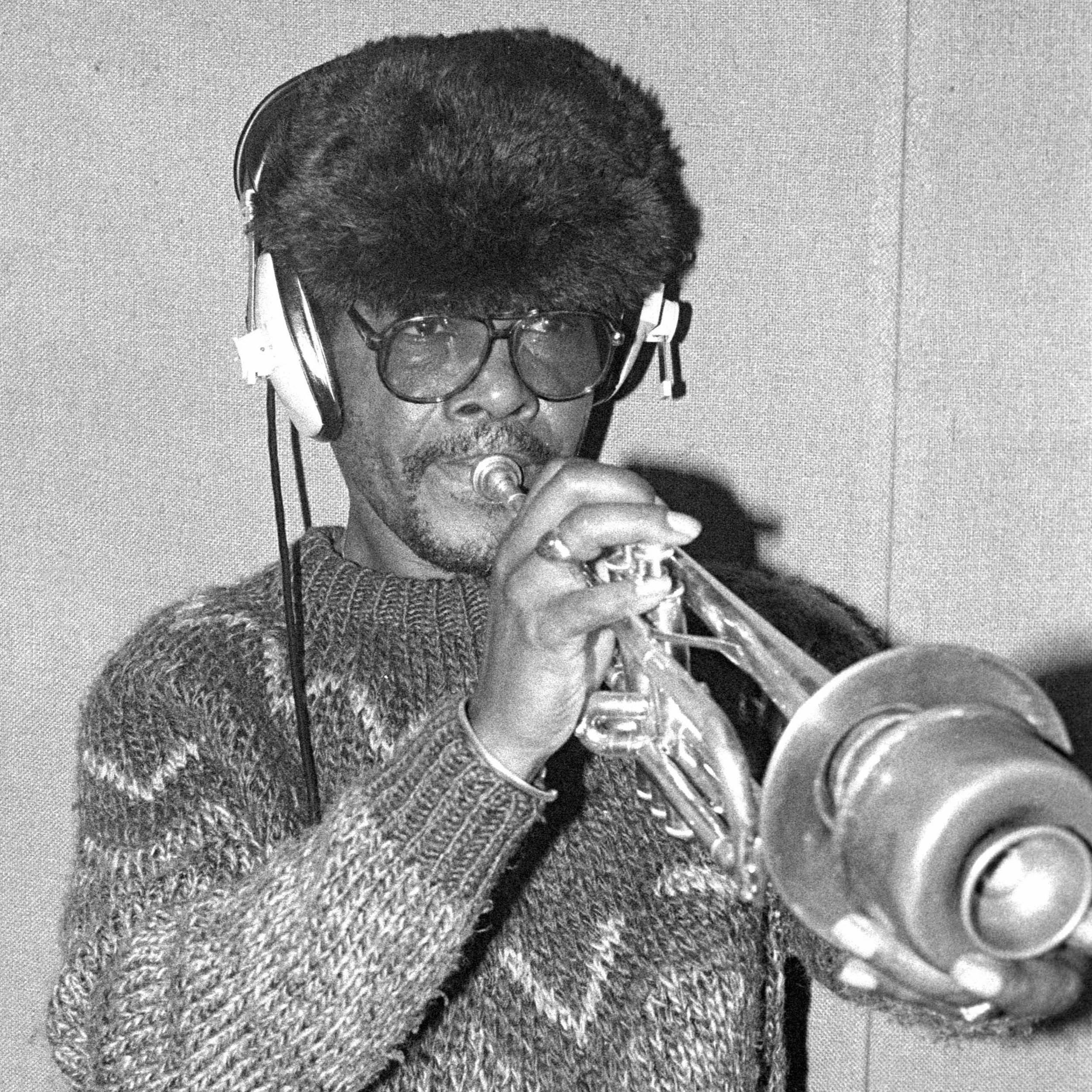
Jamaican trumpeter Eddie "Tan Tan" Thornton, who played on The Beatles' Got to Get You into My Life, was part of the Brafa recording session
On Sunday 24 February 1985, lines of musicians and bystanders squeezed into a north London recording studio to record a charity single.
"Over 200 or more people were there," says Leon Leiffer, founding member of reggae vocal group The Blackstones and the man behind the British Reggae Artists Famine Appeal team (Brafa). "I had phoned Aswad, Janet Kay, Trevor Walters, Christine McNabb... There's so many names.
"Then there was the general public who was nosey, inquisitive, wanted to know who all these people blocking the road were - had somebody died?
"No, we invite them in to be part of the chorus!"
Leiffer says he first became aware of "rumours coming out of Ethiopia of starvation" among London's Rastafarian community from people who had been heading back and forth to Africa, but seeing Michael Buerk's famous news report inspired him to do something.
"My initiative was we are always singing about Africa so let's put our money where our mouth is and do something about it," he says.
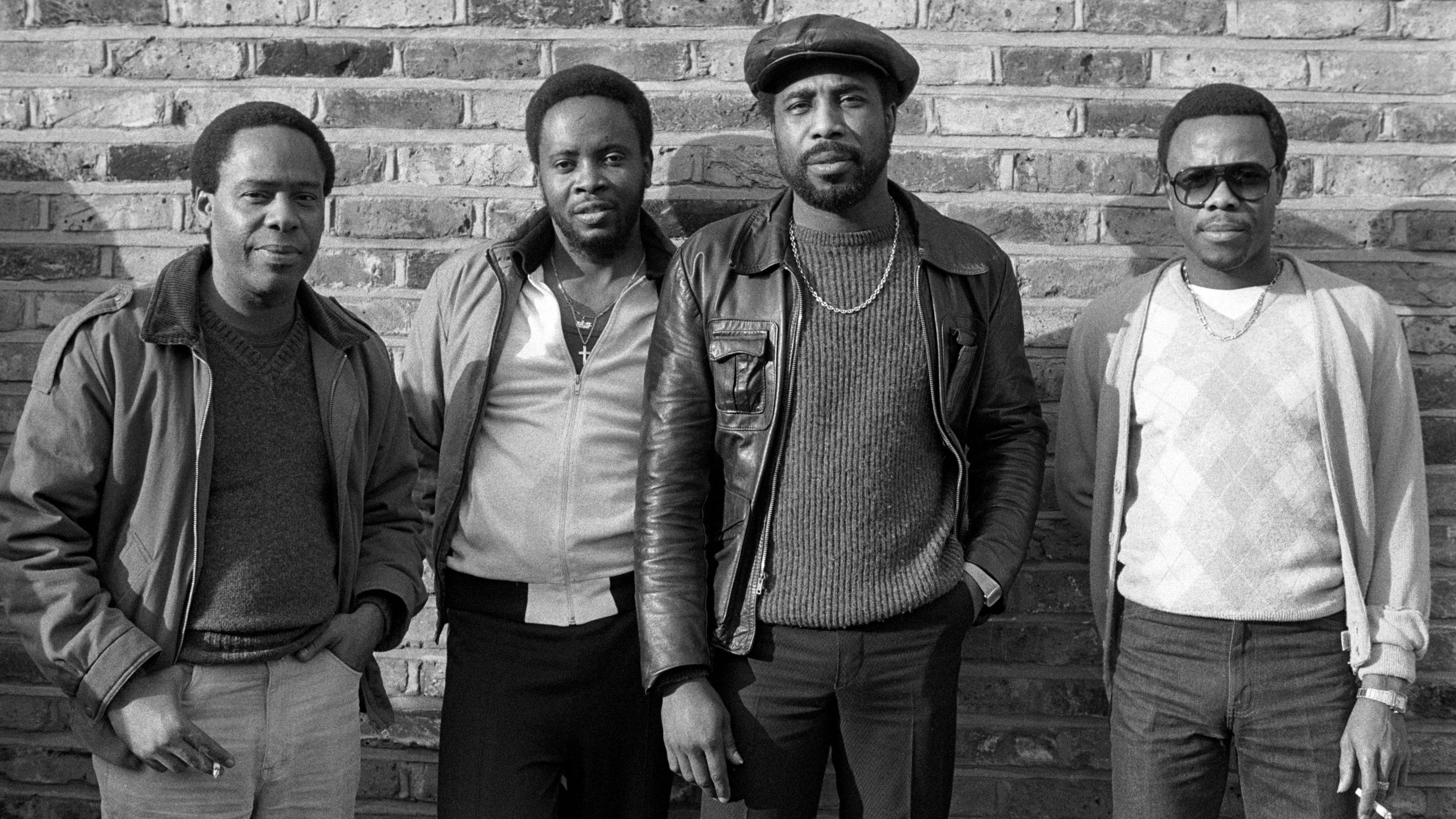
Other reggae stars who featured included (l-r) B.B. Seaton of The Gaylads, Jackie Robinson of The Pioneers, A J Franklin of Chosen Few and Junior English
Leiffer says he began making calls to put on a charity concert at the Royal Albert Hall, but after a couple of weeks he abandoned his plans as others tried to take over.
However, seeing Bob Geldof and Midge Ure announce their own fundraising plans rekindled his enthusiasm.
"They came on with this fantastic idea, which was a mirror image of exactly what I was doing... The only difference between them and I was their platform was mega and mine wasn't, in the sense of publicity."
He says seeing their efforts made him consider forgetting his plans, "but my girlfriend said: 'No, don't give up. Whatever you can do, it's better than nothing'."
Shortly after, Leiffer headed to a Hackney community centre to track down fellow reggae artist Gene Rondo.
"He was a Rasta man, had good ways, good thought. So I said to Genie, I hear that somewhere in Ethiopia is starvation and people are dying. And now Midge Ure and Bob Geldof are going to do something and I think we should do something as well."
Calls went in again to try to organise a concert but, with difficulties finding sponsorship, the pair decided to record a charity single instead and Let's Make Africa Green Again was penned.
Allow YouTube content?
This article contains content provided by Google YouTube. We ask for your permission before anything is loaded, as they may be using cookies and other technologies. You may want to read Google’s cookie policy, external and privacy policy, external before accepting. To view this content choose ‘accept and continue’.
Next came the task of finding a studio to record it. Having been turned down often, a drive past Eddy Grant's Hive Studios in Stoke Newington, when the Electric Avenue star happened to be standing outside, led to an impromptu meeting.
"When I tell Eddy Grant the idea he says: 'Leon I know you and I trust you. You can have the studio all day [and] I'll give you a 24-track tape as well,'" Leiffer says.
More calls were made, a plea was put out on the radio - and subsequently many of reggae's finest - along with all manner of bystanders - arrived to record the song.
A distribution deal was arranged with Island Records and a music video was filmed, which had its first play on BBC programme Ebony, with the single released on 21 April.
"It was a big thing, but can't be compared to the publicity [of Band Aid]," says Leiffer, noting that the coverage which Brafa received from most national newspapers at the time would often only fill "the back of a stamp".
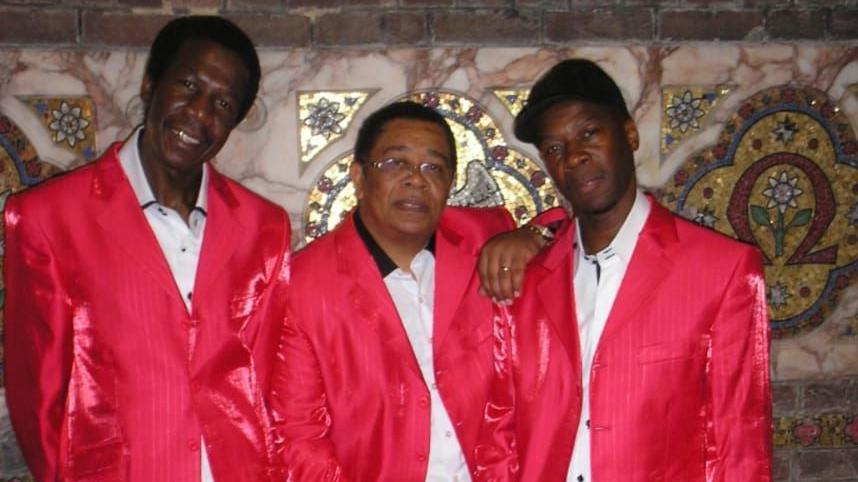
Leon Leiffer (centre) still performs with his reggae band The Blackstones
The single just made it into the top 100, external (for unknown reasons the Official Charts site has it marked as being called Let's Make America Green Again), with the proceeds from sales donated to the Save the Children fund to be distributed in Ethiopia.
However, the release of further details about Live Aid only spurred Leiffer on.
While many hailed a line-up featuring the likes of Queen, U2 and David Bowie, some questioned the lack of diversity on the bill.
"We weren't feeling pleased with Bob Geldof and Midge Ure or whoever was responsible for calling all these artists to perform," says Leiffer.
"We had Aswad in the charts, we had Trevor Walters in the charts, we had Janet Kay in the charts, just to mention a few, and none of us was called upon as if we weren't important enough to play a role.
"They did fantastic by raising millions and millions of pounds," he adds, "but we felt let down that we were ignored."
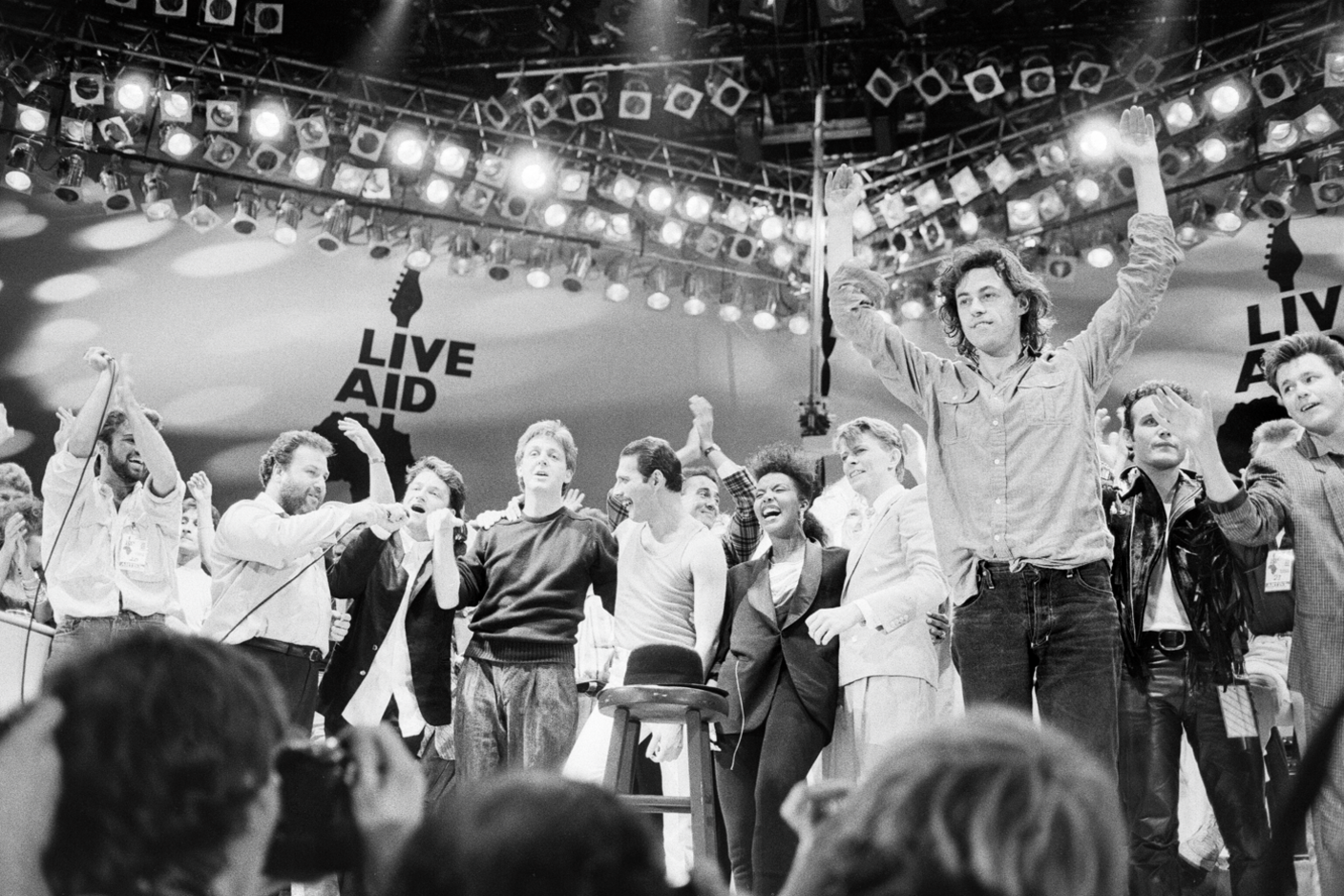
Live Aid, the brainchild of Midge Ure and Bob Geldof, featured a host of music stars
In reaction, Leiffer and Rondo decided to set up their own benefit concert and in May the following year more than 10,000 people descended on Hackney's Shoreditch Park.
"There was a massive tent. People were jumping over the railings [to break in], the place was ram-packed," recalls Leiffer.
Many of the stars from the Brafa single played, while other special guests turned up to offer their support.
"The famous boxer Lloyd Honeyghan, he was about to go to America to fight where he won the world championship, and I said to him, 'Lloyd, what you doing?' And he said 'I'm alright man, I'm travelling. I'm gonna bring the title back'."
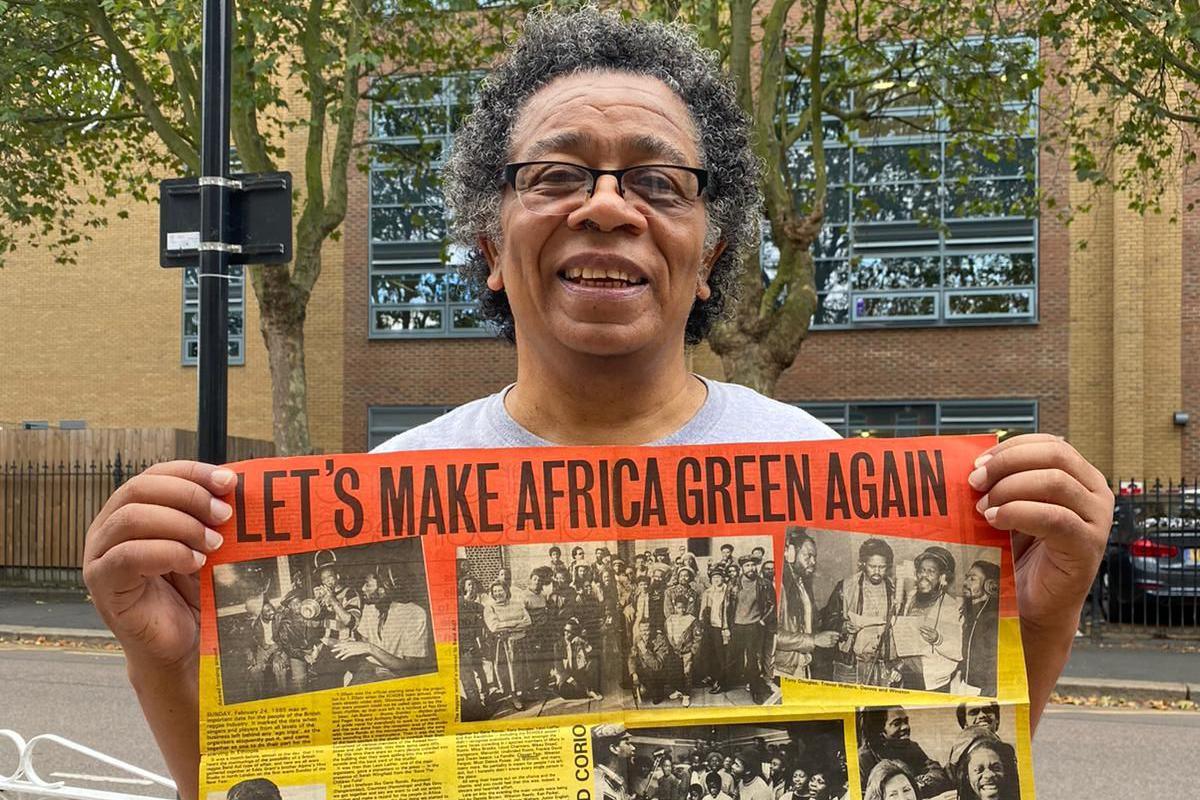
Leon Leiffer still lives in east London
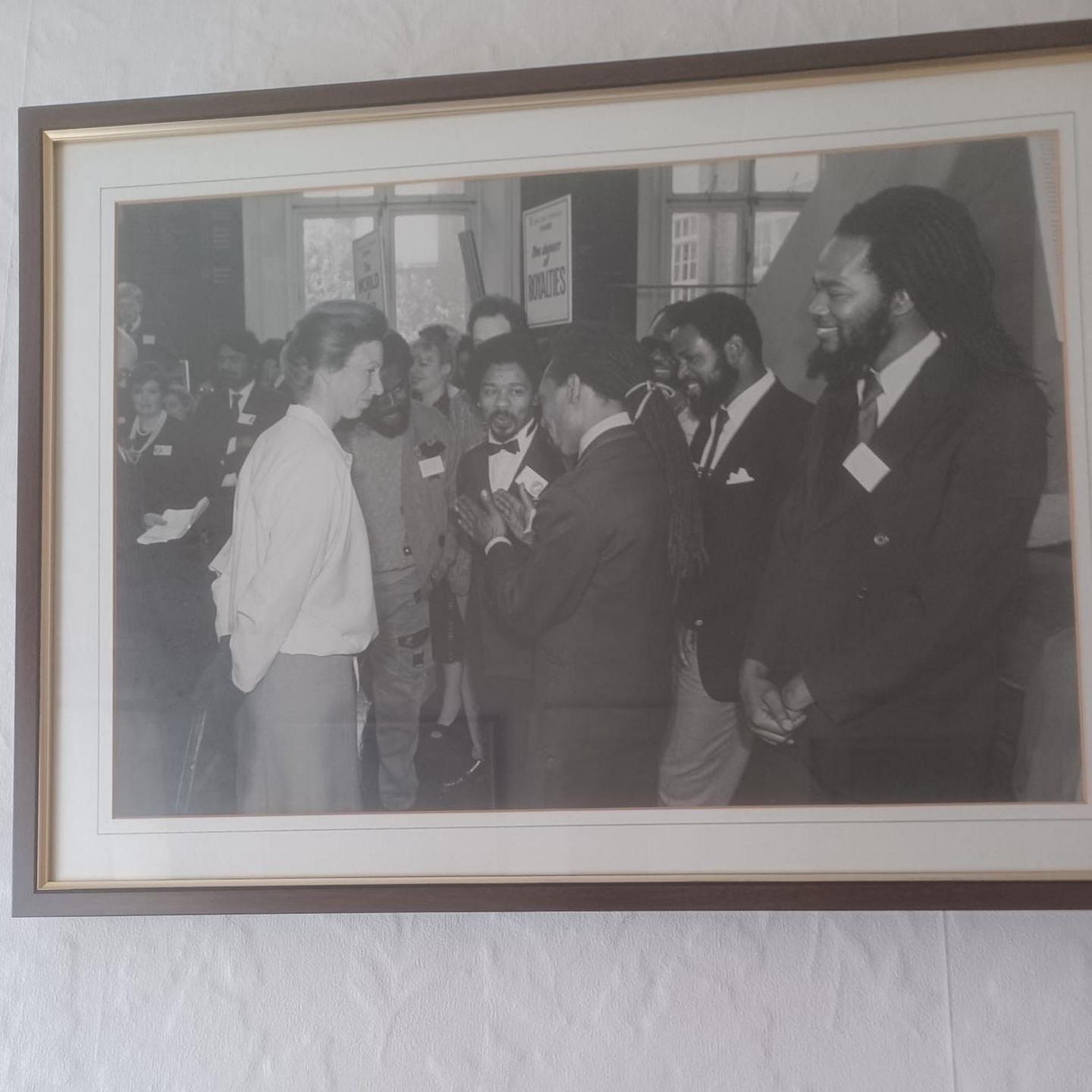
He has a framed photo of his meeting with Princess Anne at Save the Children hanging in his home
More than £8,000 was raised through Brafa, and Leiffer and his fellow organisers were invited to Save the Children's headquarters for a function with the charity's patron Princess Anne.
Yet their work was largely forgotten, until an initiative in Hackney to celebrate the local Afro-Caribbean community in the wake of George Floyd's death led to someone mentioning Let's Make Africa Green Again.
"Brafa" subsequently won a public vote for the naming of a new public square, external beside Shoreditch Park, where the history of what happened is now told on various plaques around the square.
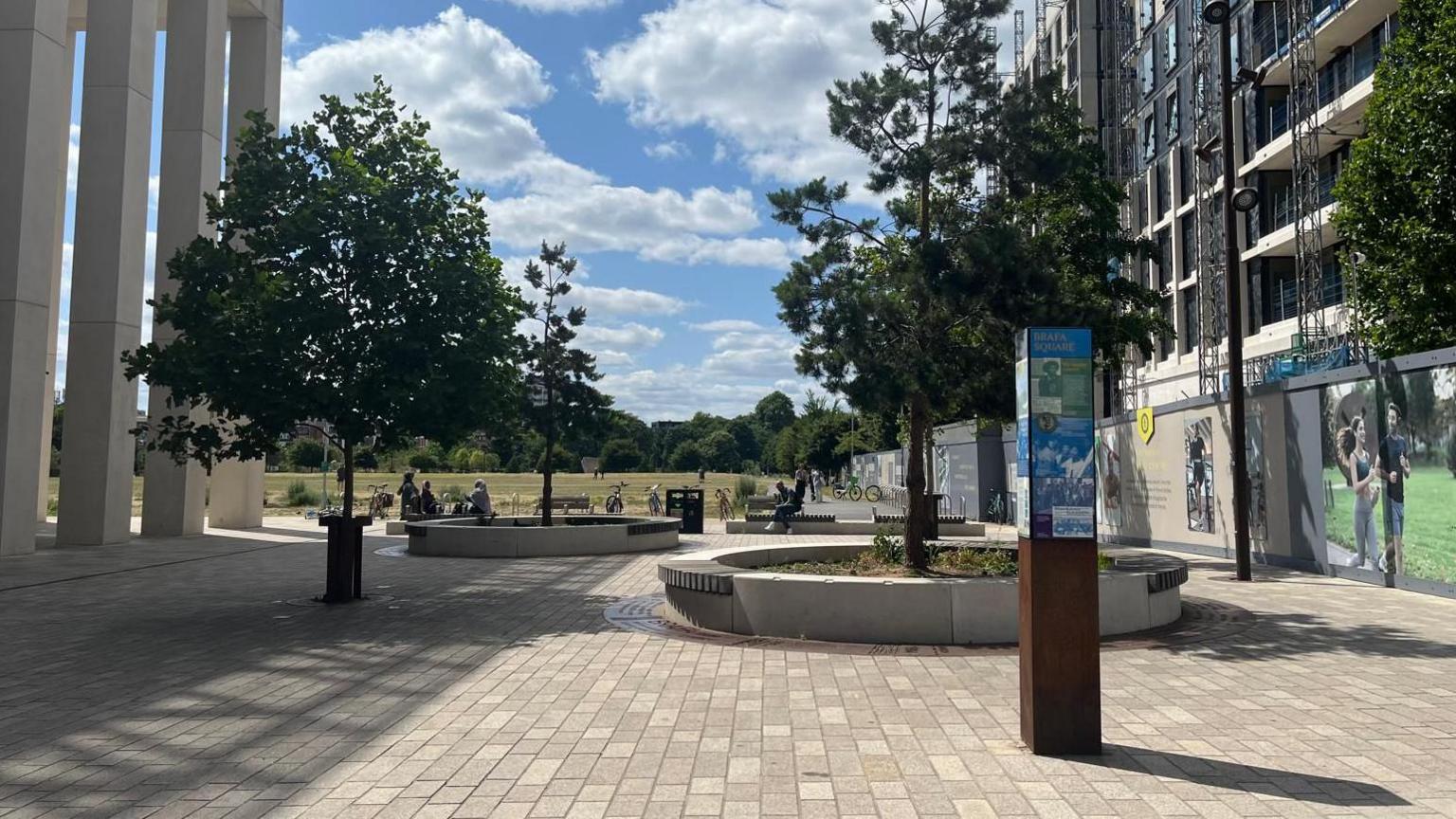
Brafa Square opened next to Shoreditch Park in 2021
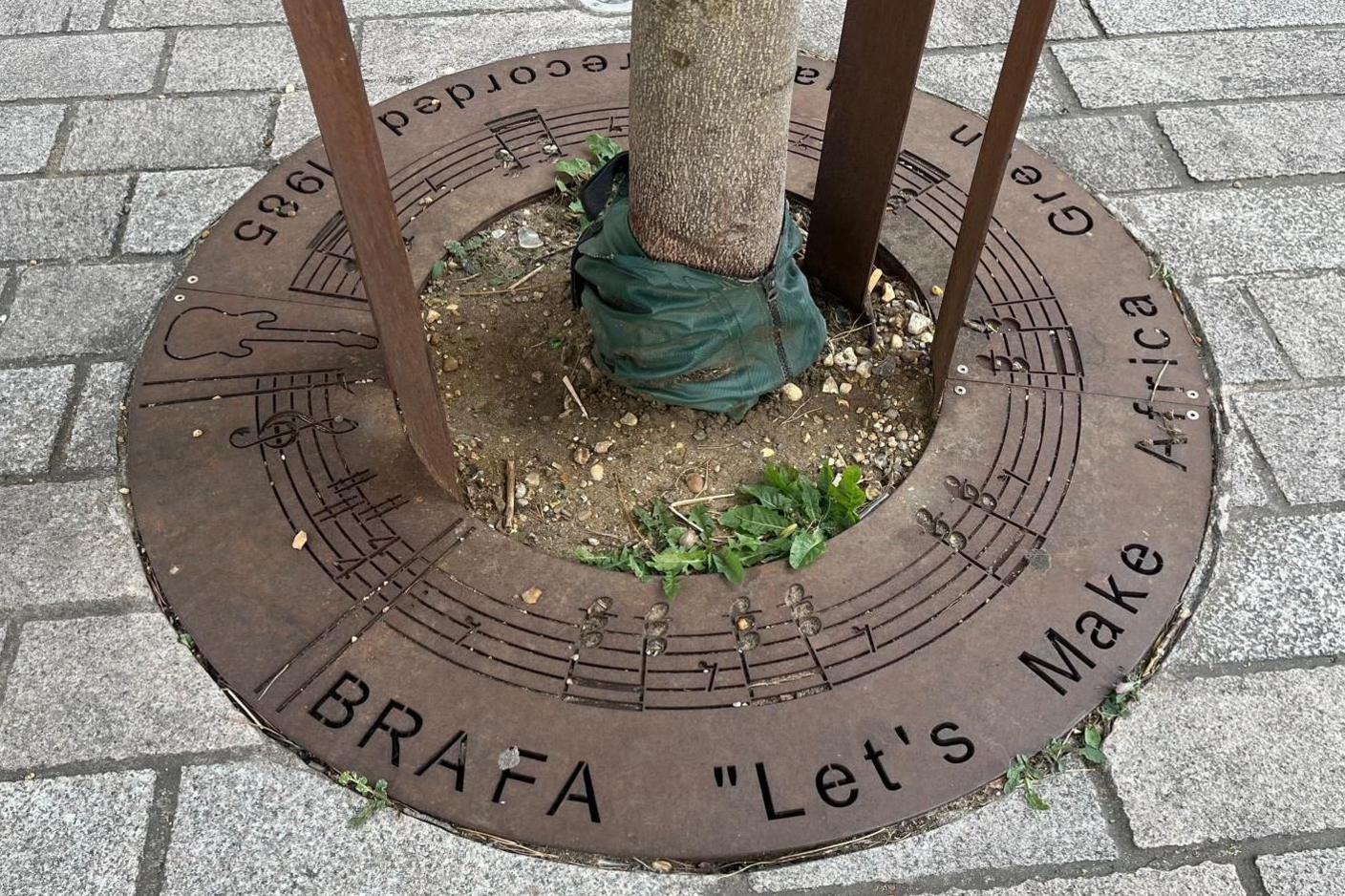
Metal surrounds around the trees in Brafa Square feature the melody and name of the charity single
While Brafa's work may have created less of a splash than Live Aid, Leiffer still looks back fondly on what they achieved.
"They didn't invite us so we did our own thing," he says.
"We made ourselves proud that we could put in whatever small fee to what Live Aid did."
Live Aid at 40: When Rock ’n’ Roll Took on the World
Watch the full series now on BBC iPlayer
Listen to the best of BBC Radio London on Sounds and follow BBC London on Facebook, external, X, external and Instagram, external. Send your story ideas to hello.bbclondon@bbc.co.uk, external
Related topics
More on Live Aid
- Published8 July
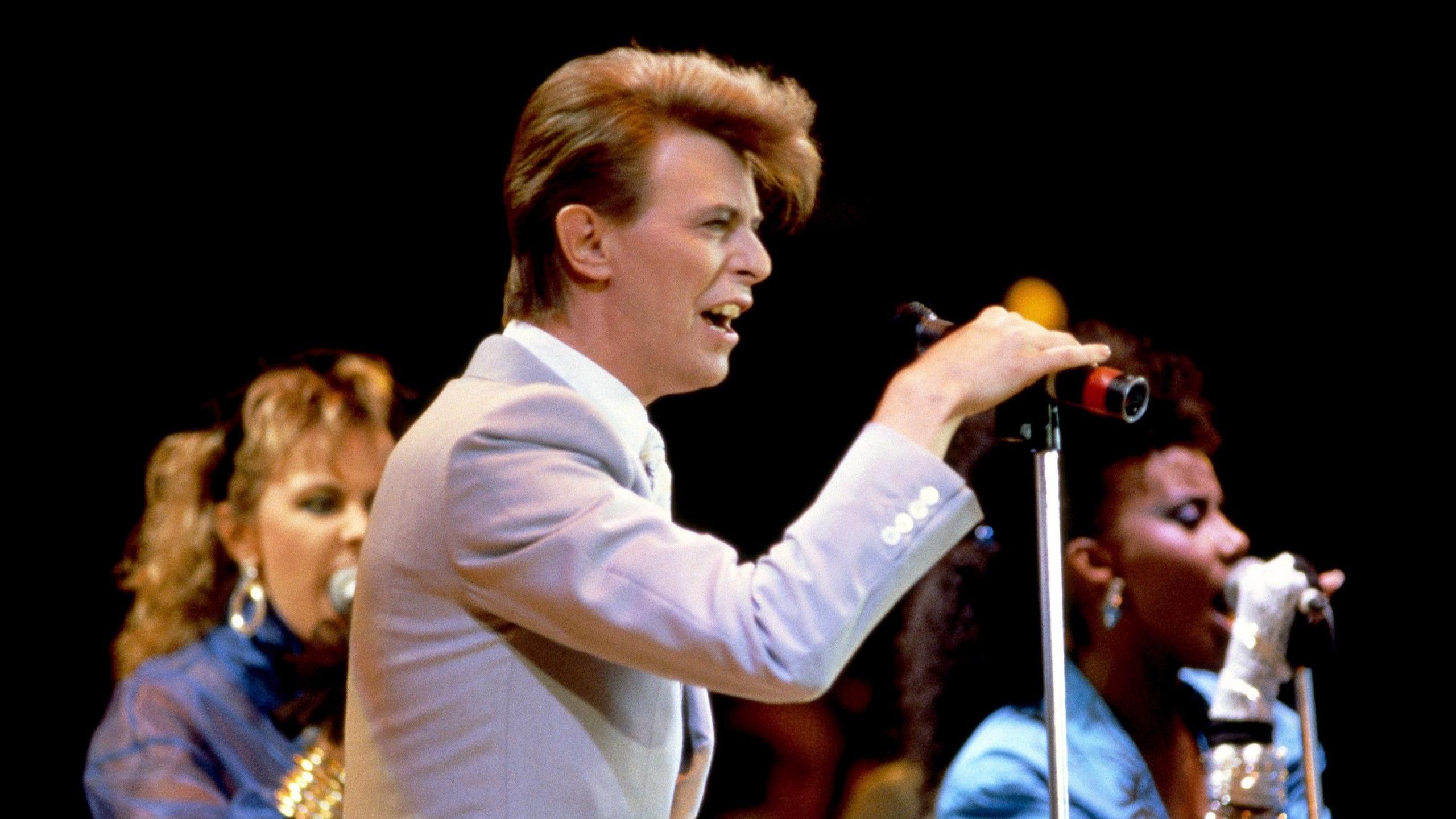
- Published26 August 2024
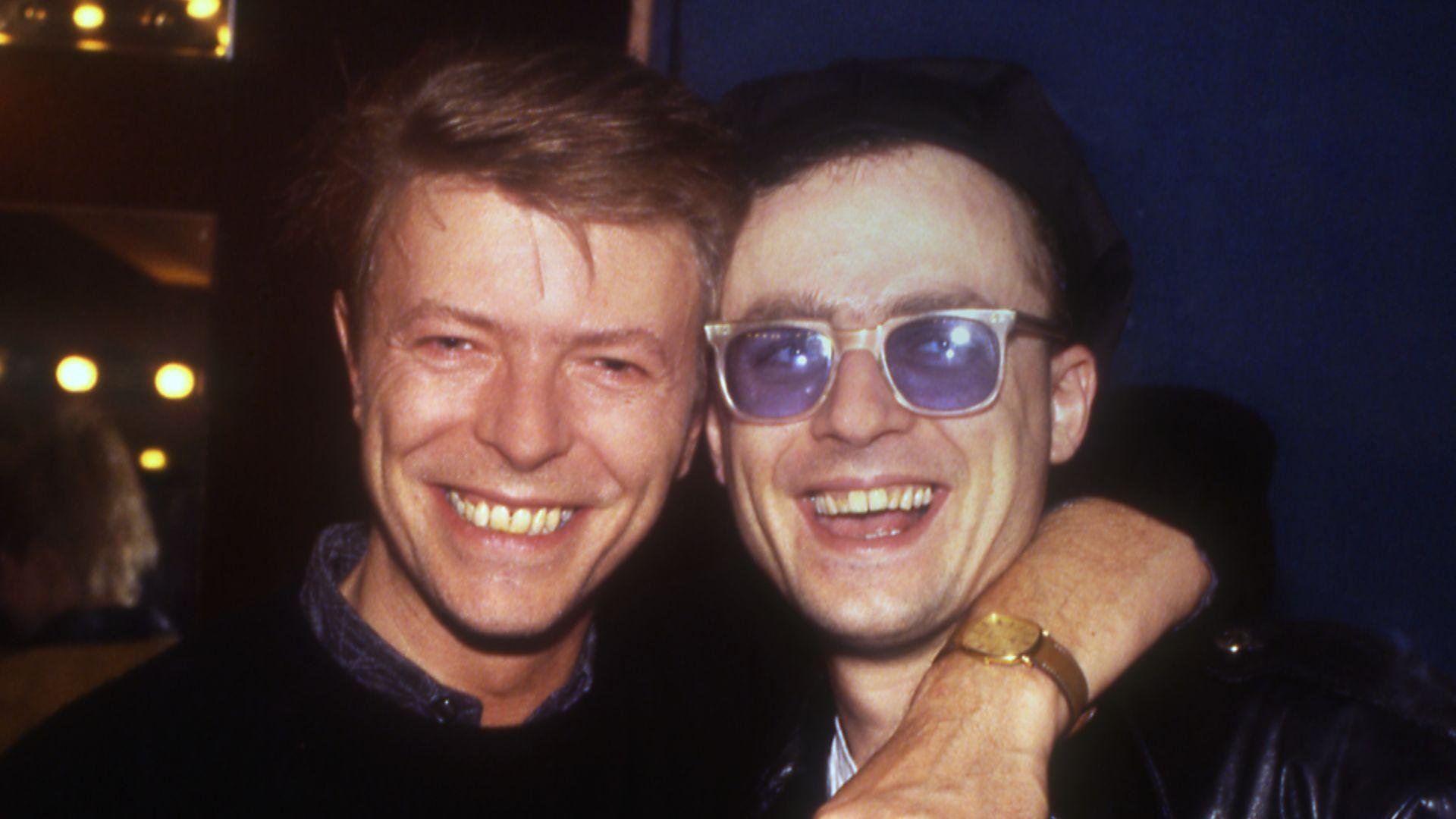
- Published7 July
